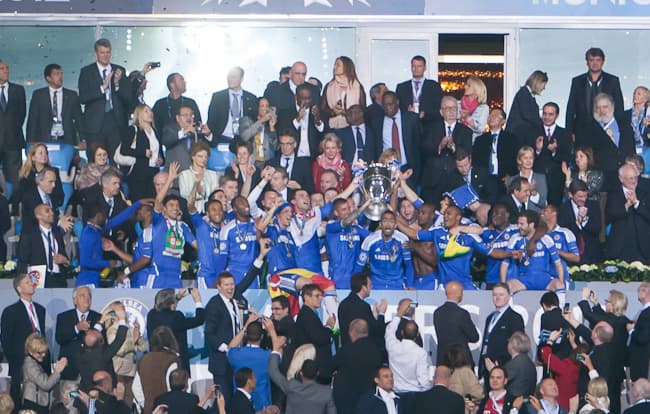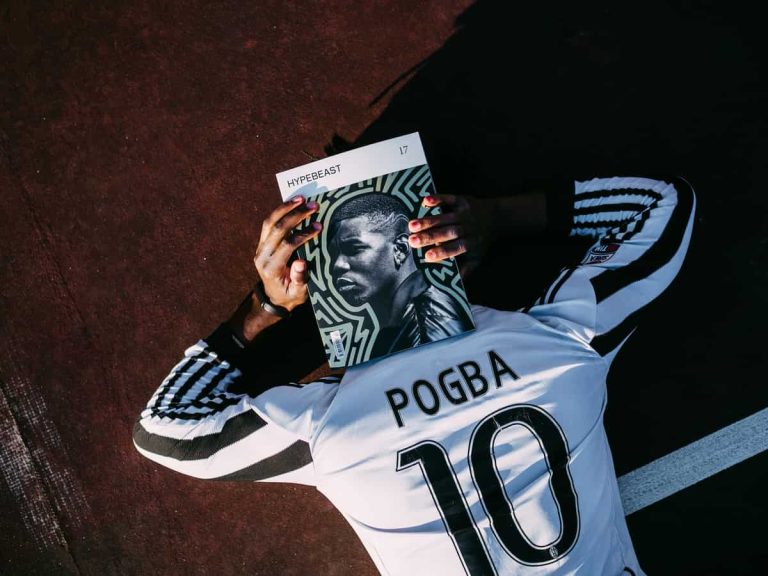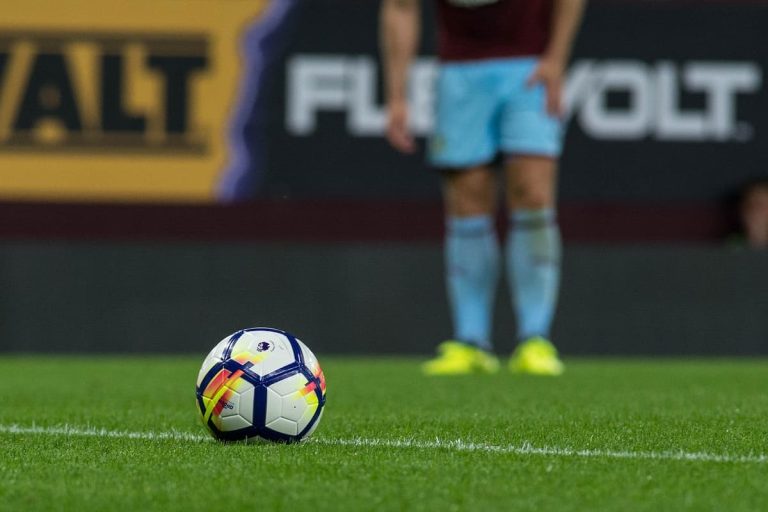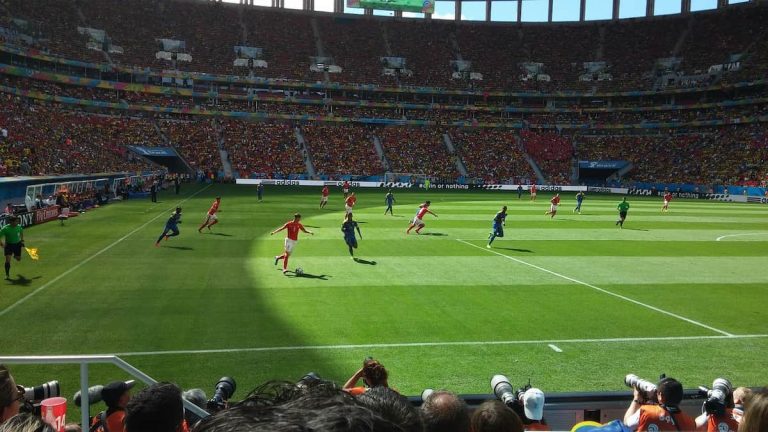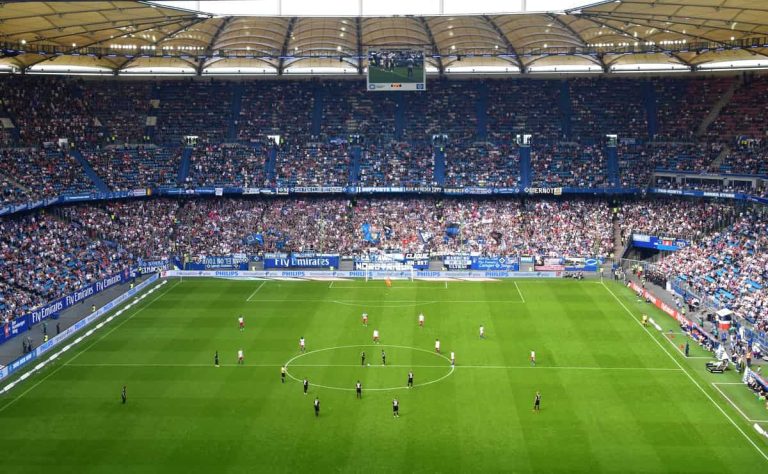What Happened to Kaká?

Photo Credit – Jan S0L0 (no changes made)
Brazilian footballer Kaká was once heralded the best footballer on the planet, however, his career took a turn for the worse. The midfield maestro had a keen eye for goal, the ability to use both feet ridiculously well and an impressive passing range.
Taking the world by storm at AC Milan, where he won the coveted Ballon d’Or award in 2007, Kaká was bought by Spanish Galácticos Real Madrid for a world-record fee. Unfortunately for Kaká his career was about to take a turn for the worse in Spain.
Read on to learn what happened to Kaká.
Table of Contents
What Happened to Kaká?
A combination of knee injuries, the signing of Mesut Özil and the appointment of José Mourinho all contributed to Kaká’s downfall in football. Once crowned the Ballon d’Or winner, the Brazilian’s career went downhill during his time at Real Madrid and beyond.
First Stint at AC Milan
Kaká moved to AC Milan from São Paulo in 2003 for a reported fee of €8.5 million. This fee was described as “peanuts” by AC Milan’s owner, Silvio Berlusconi, and this proved to be true. Kaká put himself on the world map during the six seasons he played in Italy.
During his time at AC Milan, he racked up the following achievements:
- Italian Champion (2003/04)
- Player of the Year (2003/04 and 2006/07)
- Italian Super Cup (2004/05)
- Champions League Winner (2006/07)
- Champions League Top Goal Scorer (2006/07)
- The Best FIFA Men’s Player (2007)
- UEFA Best Player in Europe (2007)
- Ballon d’Or Winner (2007)
- FIFA Club World Cup Winner (2007)
- UEFA Supercup Winner (2007/08)
Not many footballers would be able to achieve these honours in their whole career, and Kaká was able to do this in just six seasons at AC Milan. He took the world by storm, combining elite technique with agility and power to become a global superstar. He could operate anywhere across the Milan front line, making him a tactically flexible player, too.
Ballon d’Or 2007
In 2007 Kaká’s world status was cemented when he won the 2007 Ballon d’Or award. He would become the last player to win the award that wasn’t Lionel Messi or Cristiano Ronaldo until 2018 when Luka Modrić won.
Kaká won the award while playing for AC Milan, with Cristiano Ronaldo and Lionel Messi finishing 2nd and 3rd in the rankings behind him. To win the most prestigious award in football, confirms that Kaká was the best footballer in the world at the time.
He won the award after producing 8 goals and 7 assists in 31 league appearances in Serie A, as well as being the top scorer in the Champions League. During the competition, he scored 10 goals and produced 3 assists. AC Milan went on to win the tournament, and this narrative contributed to Kaká’s Ballon d’Or success.
Record Transfer Fee
In June 2009, Real Madrid signed Kaká for a world-record transfer fee of £59 million. Any footballer who moves for a record transfer fee will feel a lot of pressure to perform well. With the world watching them, they have to ensure that they are worth the value that has been paid for them by putting in the right performances that prove their worth.
Cristiano Ronaldo Signing
Kaká’s world-record transfer fee barely lasted a month, as Real Madrid signed Manchester United forward Cristano Ronaldo for £80 million. This, again, was a blockbuster transfer deal that attracted the whole world’s attention. With Kaká and Ronaldo signing for Real Madrid within a few weeks, the Spanish giants were putting out a real statement of intent.
It’s hard to say what a signing like this could do to a player and whether it had any impact on Kaká’s downfall, especially when it happened so soon after he’d signed himself. It could’ve easily affected his confidence, placing him in the shadow of Ronaldo before he even got going in a Real Madrid shirt.
Knee Injuries
In August 2010, just over a year into his Real Madrid career, Kaká had to undergo surgery on his left knee following an injury. The estimation was that he would have to face up to four months on the sidelines, however it was eight months before he stepped onto the pitch again. In January 2011, he came on as a substitute, replacing Karim Benzema during a 3-2 win against Getafe.
Just two months later, in March 2011, Kaká faced a two-week spell on the sideline when he was diagnosed with Iliotibial band syndrome. This created lots of inflammation around his knee when he ran, and is a common injury faced by athletes and runners. This could have been a result of the serious knee injury he faced and the resulting surgery.
Having two separate spells on the sideline because of knee injuries meant that Kaká’s second season at Real Madrid possibly became the hardest of his career. These injuries could represent the start of Kaká’s downfall.
The Signing of Mesut Özil
Following Kaká’s first injury, Real Madrid took action by signing German midfielder Mesut Özil for €15 million in August 2010. The German caught the attention of the world’s best clubs following some impressive performances at the 2010 South African World Cup.
The intention was that when Kaká returned to full fitness, Özil would be a bench option for Madrid, and both player’s transfer fees would reflect this logic. However, the German was playing really well in Kaká’s absence, racking up 6 goals and 19 assists in 36 appearances during his first season.
Özil’s arrival certainly played a big part in Kaká’s downfall. Kaká and Özil were both equally great players, but the Brazilian’s bad luck presented Özil with an opportunity that he took. This is a big part of football, with players needing to take any opportunities that are presented to them.
So with Özil continuing to impress while Kaká’s time on the sideline increased, the decision for manager José Mourinho between Kaká and Özil started to become clearer.
The Brazilian returned to Real Madrid by putting in an impressive performance against Valencia, scoring two goals. Even this performance couldn’t help him, though, as he was regularly substituted moving forward and became less influential at the club.
With Ronaldo entering his footballing prime and Özil claiming a starting place in the side, every time Kaká had the opportunity to play, he would have to try and put in a very impressive performance. This kind of intense pressure can be hard for footballers to deal with, and certainly contributed to Kaká’s downfall.
Arrival of José Mourinho
When discussing what happened to Kaká, we have to talk about the arrival of José Mourinho at Real Madrid in 2010. Mourinho inevitably played his part in Kaká’s downfall during his time as manager because of the situation he had to manage around Kaká injuries.
Kaká claimed that the Portuguese coach was ‘hard to work with’ and went on to say, “I didn’t get the chance to prove my form to him. I trained hard, fought and prayed so much, but without the coach having faith in me, I realised I couldn’t work with him.”
It’s hard to say whether Mourinho was a difficult coach to work with because Kaká was trying to claim a first team spot over in-form Mesut Ozil after being on the sidelines for many months, or whether there was more to it. José Mourinho is one of the most tactical football managers in the game, so you’d imagine that he wouldn’t have taken the decision to leave Kaká out of his first team plans lightly.
During Mourinho’s time at Real Madrid he won the Copa del Rey, Supercopa and La Liga title in three years, which, with the squad he had at his disposal, was seen as an underperformance. Mourinho’s treatment of Kaká has always been a controversial debate amongst fans, considering the limited honours he achieved during his time at the club.
Limited Appearances and Match Fitness
The limited appearances Kaká had during his time at Real Madrid certainly contributed to his downfall. Having limited playing time meant that the Brazilian was never really able to build up significant match fitness. In addition, the knee injuries he sustained in 2010 and 2011 meant that his body became significantly less mobile and agile, which made it more difficult for Kaká to play at an elite level.
During his time at AC Milan, Kaká made 30 or more league appearances for the six seasons he played in Italy. During his four years at Real Madrid, he never made more than 30 league appearances in a single season, making less than 20 league appearances in two of those seasons (see table below):
| Season | League Appearances | League Minutes |
| 2009/10 | 25 | 1,824 |
| 2010/11 | 14 | 810 |
| 2011/12 | 27 | 1,380 |
| 2012/13 | 19 | 961 |
Kaká’s league performances for Real Madrid
Return to AC Milan
In September 2013, Kaká rejoined AC Milan on free transfer, signing a two-year deal at the club where he made his name. Upon his return to the club, he chose the number 22 shirt, the number he wore during his first spell.
To move for a world-record transfer fee and then as a free transfer in the space of four years, is a real indicator of Kaká’s downfall in football. His luck was still non-existent, as he tore his left adductor muscle during his first competitive appearance for Milan. During his time on the side-lines, he refused to accept any wages from the club.
During the 2013/14 season, he made 30 appearances for Milan, scoring 7 goals and producing 6 assists. He played 2,406 league minutes, more than his last two seasons at Real Madrid combined (961 and 1,380 minutes).
Move to MLS
What happened to Kaká next was eye-opening. After returning to Milan for just one season, he signed for MLS side Orlando City. A huge reason for this was that Orlando had a Brazilian owner in Flávio Augusto da Silva.
Orlando entered the MLS league in 2015, so Kaká was loaned out to his first club, São Paulo, for the 2014/15 season. He became the highest-ever paid player in MLS history, earning a base salary of $6.6 million per year.
Although Kaká claimed that he’d “always wanted to play in US”, it’s not hard to imagine that the financial sums involved could have swayed him towards making the decision. This plays another part in Kaká’s downfall, as he could’ve challenged himself to play at a higher level by staying at AC Milan longer.
Retirement
Kaká retired from professional football in December 2017, even though he had offers from both his former clubs São Paulo and AC Milan. Once a world-beater, Kaká had an underwhelming second half of his career.
Conclusion
What happened to Kaká? You could argue that bad luck with injuries was the main contributor to Kaká’s downfall, however there are moments where the Brazilian could’ve strived for more, in order to regain some of the world-class form he showed during his first spell at AC Milan.
Frequently Asked Questions
What Injury Did Kaká Have?
In 2010 Kaká suffered a knee injury which required surgery, which left him sidelined for eight months. In the same season, Kaká was diagnosed with Iliotibial band syndrome, which caused him lots of pain and inflammation when he ran. These two injuries in one season had a big effect on his mobility and athleticism.
When Did Kaká Quit Playing Football?
Kaká announced his retirement from football on the 17th December 2017. He chose to retire, even though he received offers from both São Paulo and AC Milan to keep playing.
Are Kaká and Ronaldo Friends?
Yes, Kaká and Ronaldo are good friends. They both signed for Real Madrid in the same transfer window and have respect for one another in a professional capacity. In 2022, Kaká went to watch Manchester United play Arsenal and had photos taken with Ronaldo.
This suggests that Kaká and Ronaldo are still good friends, even though they haven’t played together for a long time.What Is Kaká’s Full Name?
Kaká’s full name is Ricardo Izecson dos Santos Leite. He is sometimes referred to as Ricardo Kaká and most commonly as Kaká.

